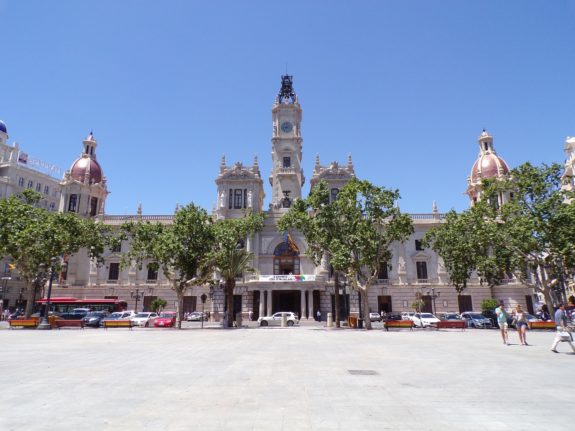Spain’s main supermarket chains have raised their prices by 9.4 percent in the last year, according to a study by the Organisation of Consumers and Users (OCU).
Due to rising inflation and the economic impact of the war in Ukraine, the consumer watchdog has also confirmed that this price escalation has mostly occurred in the last three months.
Carrefour and Mercadona, are the supermarket chains with the highest increases.
In total there have been 15 months of continuous increases in all the supermarket chains analysed by the OCU. The rise has been close to 10 percent in all of them, with small differences. While Alcampo continues to be the cheapest national chain.
From March 2021 to March 2022, Carrefour saw increases of 12.1 percent, while Mercadona saw increases of 11.4 percent. However, both Mercadona and Carrefour continue to be among the cheapest national chains.
On the other end of the scale, El Corte Inglés and Hipercor experienced the lowest price increases at 7.7 percent.
The other chains hover between 9.5 percent increases in the case of Eroski and 8.4 percent in the case of Condis.
What are the products that have increased in price the most?
Oil and fish are the items that shot up in price the most. Oil rose by a whopping 34 percent and fish prices grew by 16 percent. Other items that rose considerably include packaged and processed foods (11 percent increase) and dairy products (also 11 percent increase).
These price surges are worrying because if they are maintained, it will mean an increase of more than €500 a year for food shopping for the average Spanish family.
READ ALSO: The food products that are more expensive than ever in Spain
Why are groceries in Spain now so much more expensive?
Rising energy costs, inflation and the war in Ukraine are among the main causes highlighted by the OCU for the rise in the cost of products.
These lead to a rise in production costs and a shortage in some products such as that of sunflower oil, much of which comes from Ukraine.
As the economy ground to a halt during the pandemic lockdowns, the production of gas and other fossil fuels was cut to adjust to low demand. The sharp rebound in activity caused an imbalance and in turn caused the prices of these fuels to rise.
In recent months these factors have also caused a rise in the prices of raw materials, such as fertilisers used in agriculture and wheat, necessary to make a whole array of other food items. High energy prices have also increased costs for farms, and fisheries, in addition to those faced by distributors and manufacturers.
The OCU analysed 156 products across nine different supermarket chains in 10 different Spanish cities for just over a year from December 2020 to March 2022



 Please whitelist us to continue reading.
Please whitelist us to continue reading.
Member comments